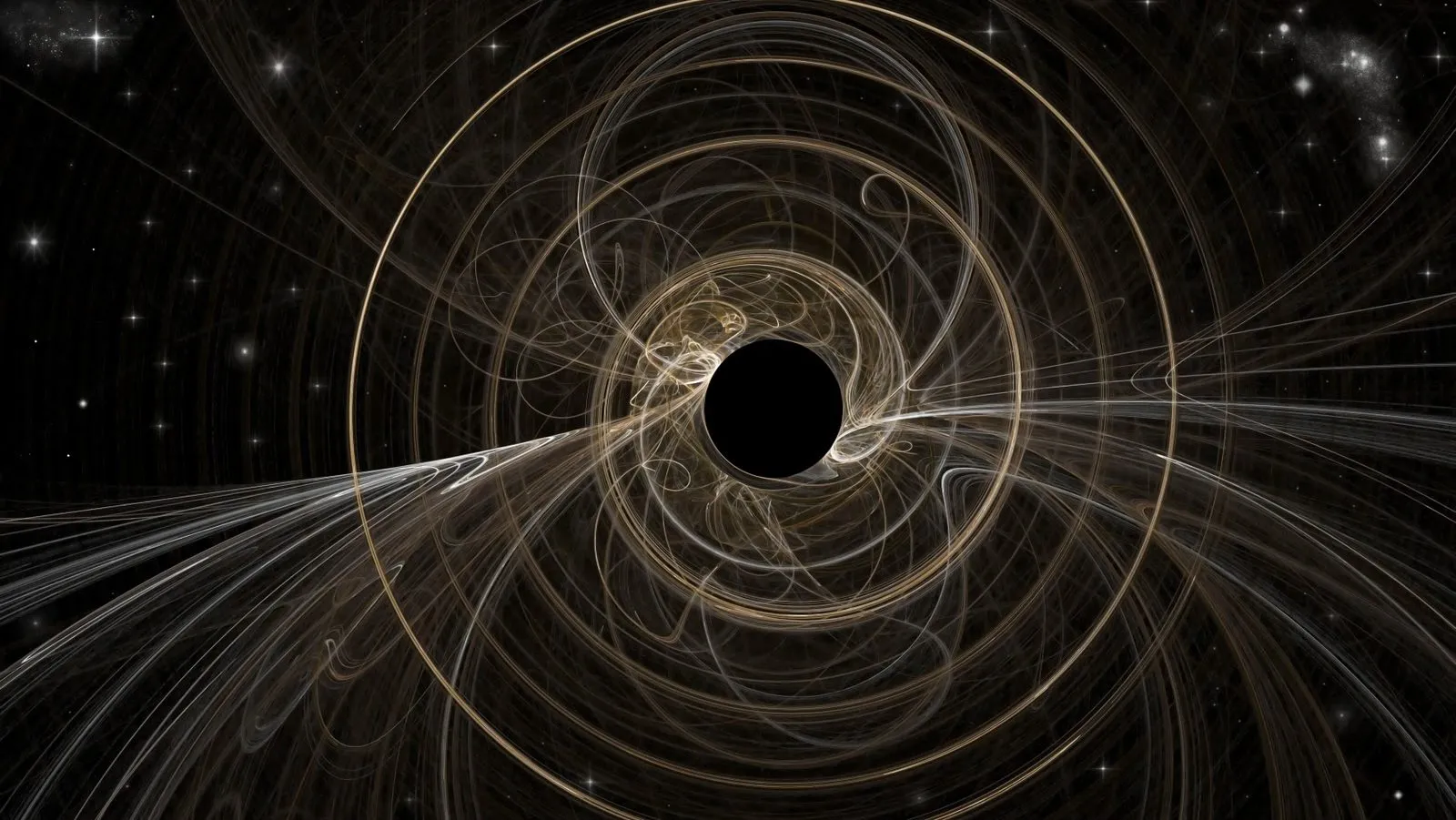Black hole is a region in space

🌌 What is it?
A black hole is a region in space where the gravitational pull is so strong that nothing—not even light—can escape from it. Black holes are formed when massive stars collapse under their own gravity, often after a supernova explosion.
⚙️ Key Features of it
| Feature | Description |
|---|---|
| Event Horizon | The boundary around it beyond which nothing can escape. |
| Singularity | The core of it, where all its mass is concentrated and gravity becomes infinite. Space-time curves infinitely here. |
| Accretion Disk | A disk of matter (gas, dust, etc.) spiraling into the black hole, often emitting X-rays. |
| Hawking Radiation | Theoretical radiation predicted by Stephen Hawking, which suggests black holes can slowly evaporate over time. |
🧪 Types Black Hole:
-
Stellar-Mass
-
Formed from the collapse of massive stars.
-
Mass: About 3 to 20 times the mass of our Sun.
-
-
Supermassive
-
Found at the centers of most galaxies (e.g., Sagittarius A* in the Milky Way).
-
Mass: Millions to billions of solar masses.
-
-
Intermediate-Mass
-
Hypothetical and hard to detect.
-
Mass: Hundreds to thousands of solar masses.
-
-
Primordial
-
Hypothetical, possibly formed soon after the Big Bang.
-
May range in size from atomic to massive.
-
🕳️ How are it Detected?
Since black holes do not emit light, they are detected by observing:
-
The motion of nearby stars.
-
Gravitational waves (ripples in space-time).
-
High-energy X-rays from accretion disks.
-
Gravitational lensing (bending of light around the black hole).
🧠 Scientific Importance Black Hole
-
General Relativity: It test the limits of Einstein’s theory.
-
Quantum Mechanics: Hawking radiation ties gravity to quantum theory.
-
Cosmology: They play a vital role in galaxy formation and evolution.
📷 First Image of it
In 2019, the Event Horizon Telescope (EHT) captured the first image of a black hole in the galaxy M87, showing the whole world the shadow of the event horizon.



